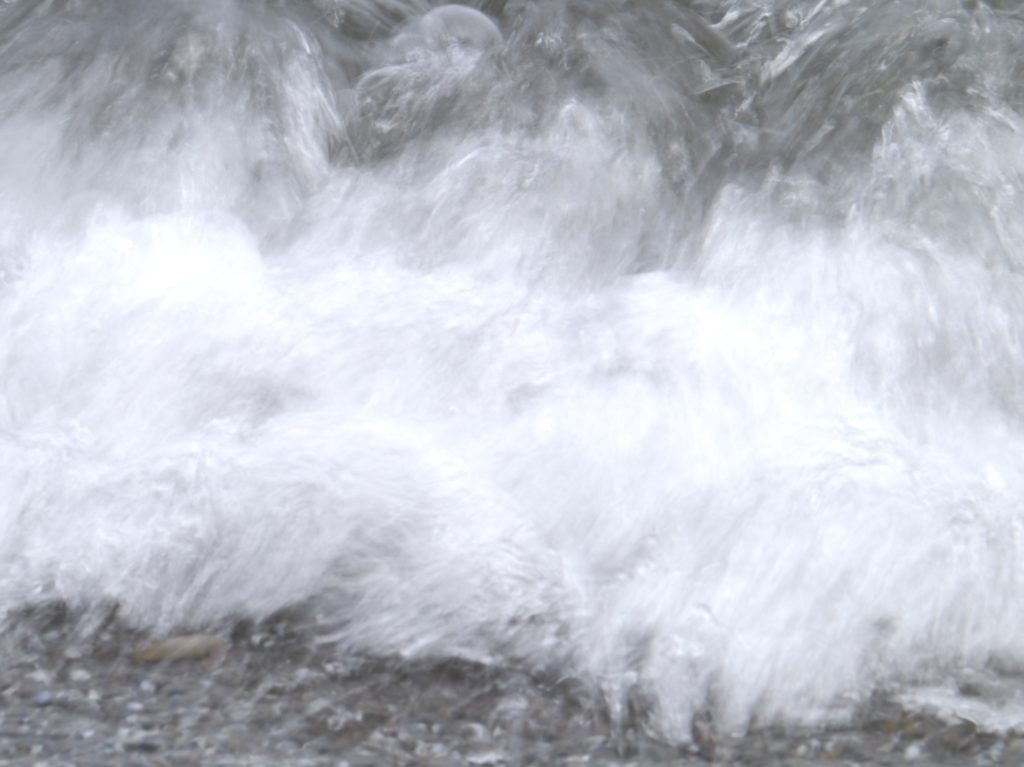
“Each artist, going in his own direction, sometimes walks on water.” – Minor White
White was a complex, multi-faceted person. His work and way of being were a mirror to this complexity.
White was a gay man during a time when it was not openly acceptable. He experienced confusion and shame and truly suffered as a result of his sexuality. He was shy and felt like an outsider. Since he couldn’t always articulate what he was feeling or thinking, photography became a way to work through his suffering. It was the language that was most comfortable for him; a tool for self-awareness and growth, as well as a way to serve others.
“I realized that photography was my mouthpiece, this was the way I talked, photography meaning writing about it, editing it, teaching and making it. I continued it as a service thing.” ~ Rites and Passages
“His credo was that through consciousness of one’s self one grasps the means to express oneself. Understand only yourself. The camera is just a means of self-discovery and a means of self-growth. The artist has something to say – himself. If that self is not large or intense, he need not give up art. The camera and the technique of observation will broaden him, deepen him immeasurably.” ~ Rites and Passages
White was a religious person, often called spiritual, even a mystic.
He was a seeker, and sought to express the mystery and spirit he felt in the world. His background in poetry and botany served him well to do this through photography. His photographs are often described as poetic.
“Spirit is often used to suggest the incorporeal or invisible as in the Latin spiritus for breath, and as well as to suggest life and energy. Whereas spiritual connotes an experience, spirit suggests something other than our selves. That is certainly the sense in which White uses it, when he writes of his desire ‘to invoke the invisible with the visible’.” (1959) ~ Minor White and the Quest for Spirit
White had a desire for solitude as well as a desire for contact with others. He needed silence and stillness in order to see. Yet, he also always had students living with him so he could share what he discovered. They were changed by his presence and teaching, yet there was a piece of Minor White that he didn’t let others see, particularly his suffering.
“Inducing silence for seeing in ourselves, we are given to see from a sacred place. From that place, the sacredness of everything may be seen.” ~ Rites and Passages
“Struggle as White did to overcome his shyness and his fear of vulnerability, he left many of his friends, even some close to him, with little sense of his inner life. He hid his suffering from most of them; he seems to have shared with many of us a deep feeling that there is some failure of character in being unhappy.” ~ Rites and Passages
White was a student of psychology and philosophy.
He was fascinated by how the mind worked and how photographs were mirrors of our innermost selves.
“He studied G.I. Gurdjieff (Russian-Greek-Armenian mystic), who taught that most of us are asleep most of the time, experiencing the world through a disastrously fragmented and deadened intelligence, and that the first order of business is to wake up and stay awake.” ~ Rites and Passages
And, there you have it. For Minor White, photography was his way to wake up. His photographs were a way to reflect an experience of being alive. It is for me too.
What has struck you most about Minor White in this series?
I admire Minor White and ordered Rites and Passages but upon receiving it realized the print was too small for me to read (I do wish art books were printed in larger text). But I have the photos and, thank God, articles like this one. Strange, as I grow into elderhood, I realize that I began my turning toward Eastern thought when I was in my mid-teens. Little did I know that making images would be my paying attention. (Oh, on another matter, tell your husband that cataract lens implants are routine. Most of those I know who had one recently woke up with amazing improvements in vision. Sept. 6th is coming.)
I’m sorry you can’t read Rites and Passages. Would a magnifying glass help? And, I will tell my husband not to sweat the cataract surgery. It may still be a year or two off.